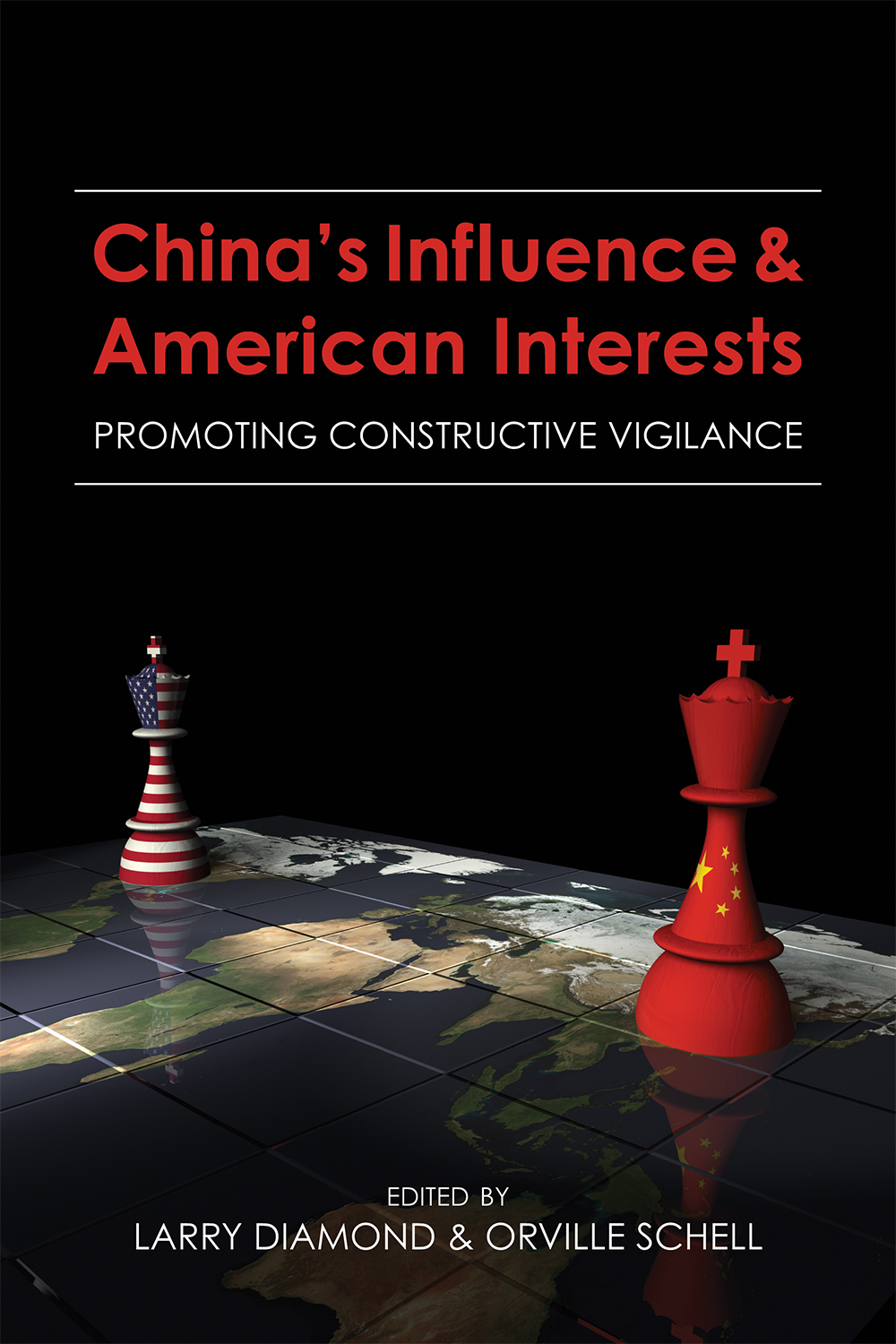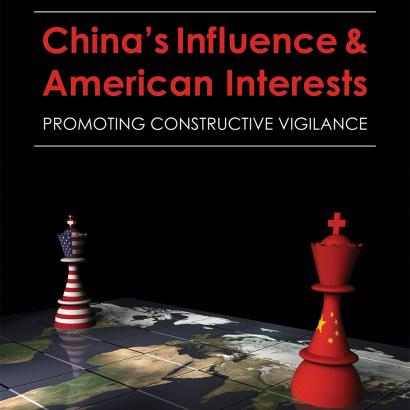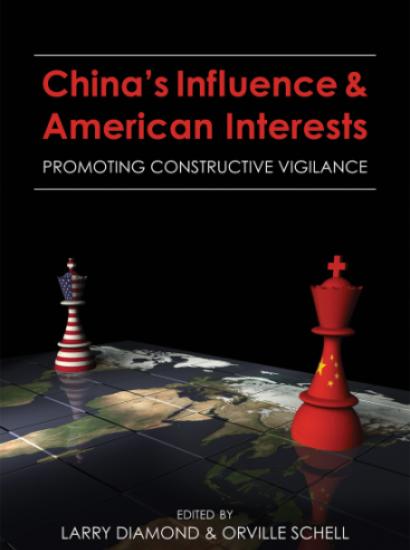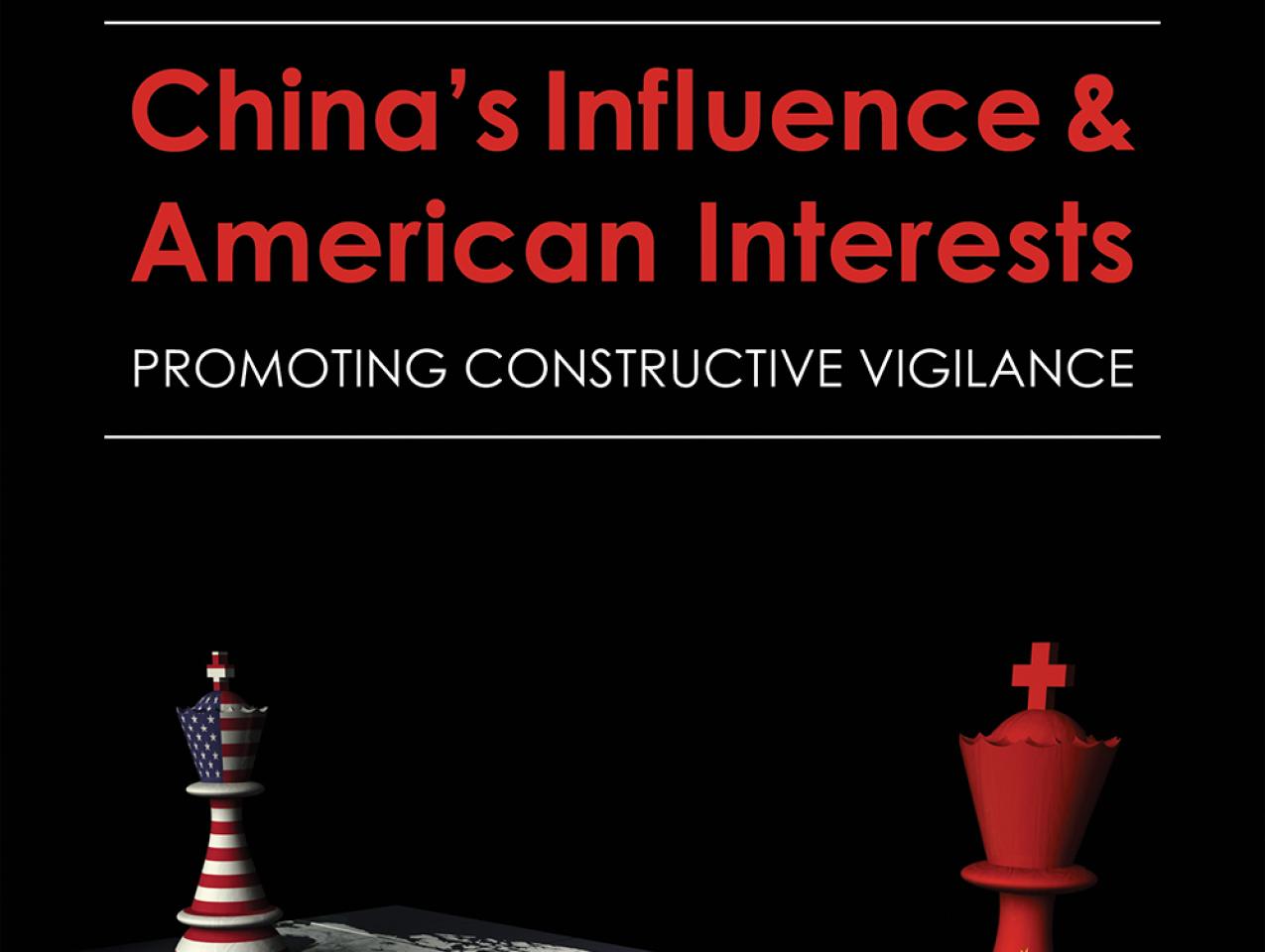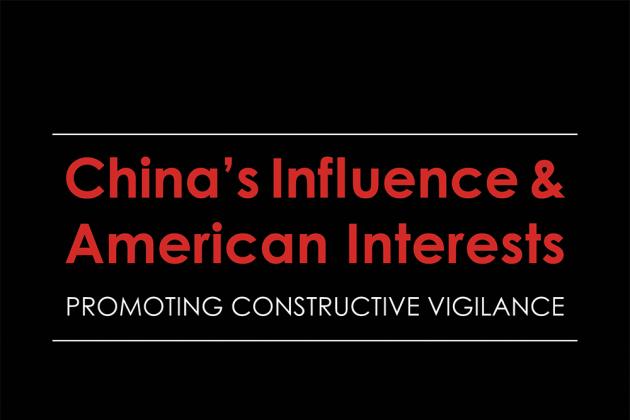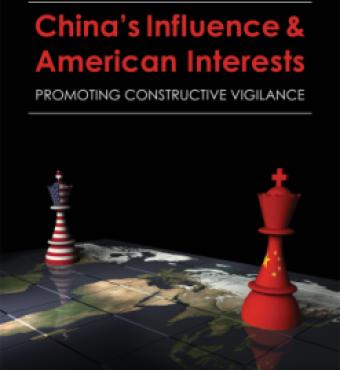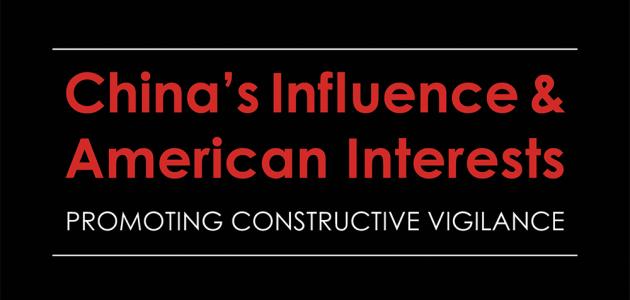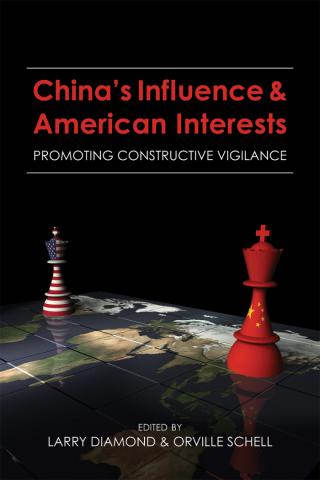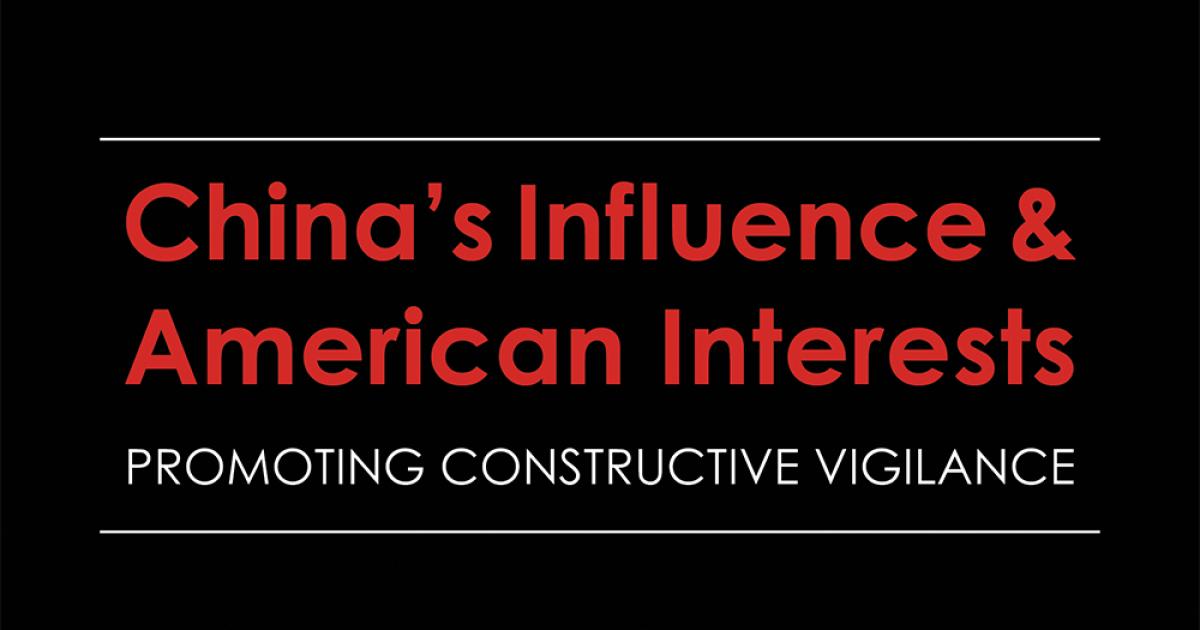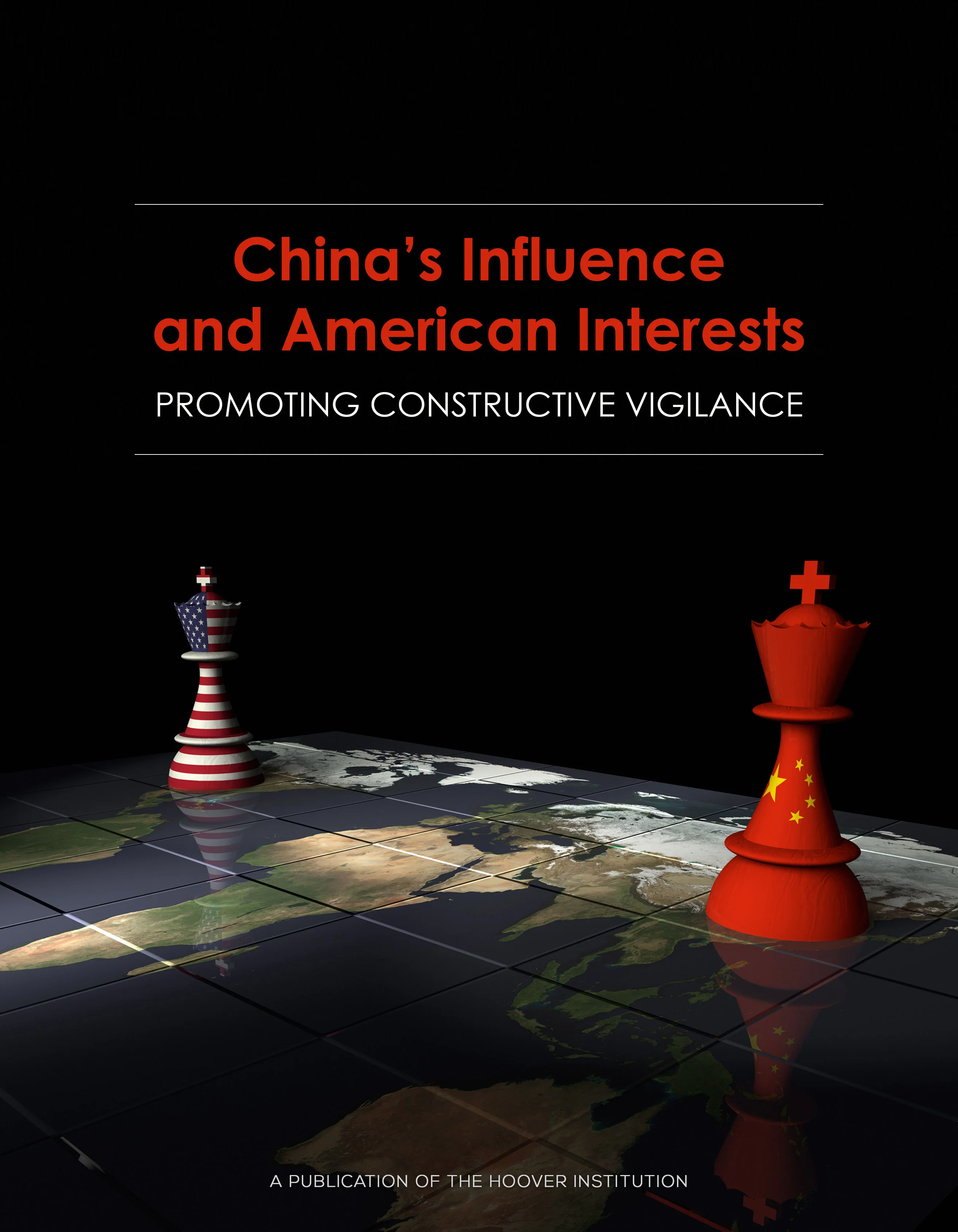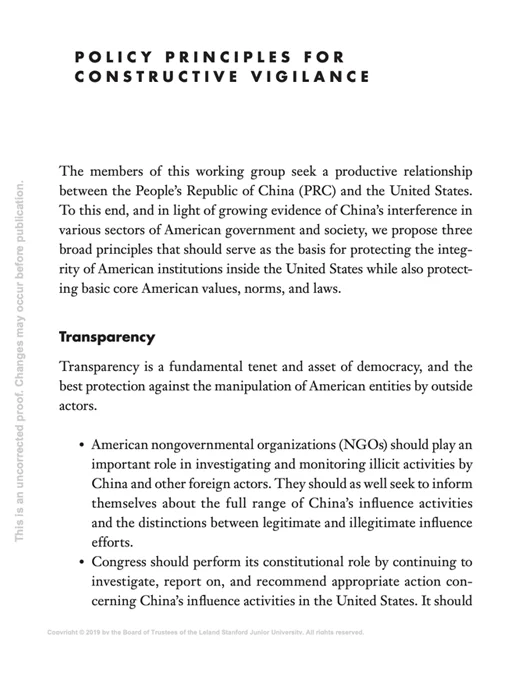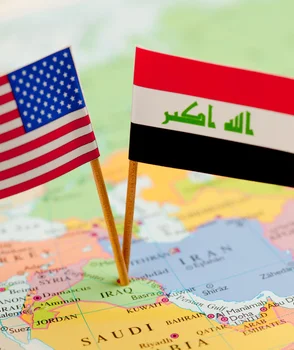
For three and a half decades following the end of the Maoist era, China adhered to Deng Xiaoping’s policies of “reform and opening to the outside world” and “peaceful development.” After Deng retired as paramount leader, these principles continued to guide China’s international behavior in the leadership eras of Jiang Zemin and Hu Jintao. Admonishing Chinese to “keep your heads down and bide your time,” these Party leaders sought to emphasize that China’s rapid economic development and its accession to “great power” status need not be threatening to either the existing global order or the interests of its Asian neighbors. However, since Party general secretary Xi Jinping came to power in 2012, the situation has changed. Under his leadership, China has significantly expanded the more assertive set of policies initiated by his predecessor Hu Jintao. These policies not only seek to redefine China’s place in the world as a global player, but they also have put forward the notion of a “China option” that is claimed to be a more efficient developmental model than liberal democracy.
While Americans are well acquainted with China’s quest for influence through the projection of diplomatic, economic, and military power, we are less aware of the myriad ways Beijing has more recently been seeking cultural and informational influence, some of which could undermine our democratic processes. These include efforts to penetrate and sway—through various methods that former Australian prime minister Malcolm Turnbull summarized as “covert, coercive or corrupting”—a range of groups and institutions, including the Chinese American community, Chinese students in the United States, and American civil society organizations, academic institutions, think tanks, and media.1
Some of these efforts fall into the category of normal public diplomacy as pursued by many other countries. But others involve the use of coercive or corrupting methods to pressure individuals and groups and thereby interfere in the functioning of American civil and political life.
It is important not to exaggerate the threat of these new Chinese initiatives. China has not sought to interfere in a national election in the United States or to sow confusion or inflame polarization in our democratic discourse the way Russia has done. For all the tensions in the relationship, there are deep historical bonds of friendship, cultural exchange, and mutual inspiration between the two societies, which we celebrate and wish to nurture. And it is imperative that Chinese Americans—who feel the same pride in American citizenship as do other American ethnic communities—not be subjected to the kind of generalized suspicion or stigmatization that could lead to racial profiling or a new era of McCarthyism. However, with increased challenges in the diplomatic, economic, and security domains, China’s influence activities have collectively helped throw the crucial relationship between the People’s Republic of China and the United States into a worrisome state of imbalance and antagonism. (Throughout the report, “China” refers to the Chinese Communist Party and the government apparatus of the People’s Republic of China, and not to Chinese society at large or the Chinese people as a whole.) Not only are the values of China’s authoritarian system anathema to those held by most Americans, but there is also a growing body of evidence that the Chinese Communist Party views the American ideals of freedom of speech, press, assembly, religion, and association as direct challenges to its defense of its own form of one-party rule.2
Both the US and China have derived substantial benefit as the two nations have become more economically and socially intertwined. The value of combined US-China trade ($635.4 billion, with a $335.4 US deficit) far surpasses that between any other pair of countries.3 More than 350,000 Chinese students currently study in US universities (plus 80,000 more in secondary schools). Moreover, millions of Chinese have immigrated to the United States seeking to build their lives with more economic, religious, and political freedom, and their presence has been an enormous asset to American life.
However, these virtues cannot eclipse the reality that in certain key ways China is exploiting America’s openness in order to advance its aims on a competitive playing field that is hardly level. For at the same time that China’s authoritarian system takes advantage of the openness of American society to seek influence, it impedes legitimate efforts by American counterpart institutions to engage Chinese society on a reciprocal basis. This disparity lies at the heart of this project’s concerns.
China’s influence activities have moved beyond their traditional United Front focus on diaspora communities to target a far broader range of sectors in Western societies, ranging from think tanks, universities, and media to state, local, and national government institutions. China seeks to promote views sympathetic to the Chinese Government, policies, society, and culture; suppress alternative views; and co-opt key American players to support China’s foreign policy goals and economic interests.
Normal public diplomacy, such as visitor programs, cultural and educational exchanges, paid media inserts, and government lobbying are accepted methods used by many governments to project soft power. They are legitimate in large measure because they are transparent. But this report details a range of more assertive and opaque “sharp power” activities that China has stepped up within the United States in an increasingly active manner.4 These exploit the openness of our democratic society to challenge, and sometimes even undermine, core American freedoms, norms, and laws.
Except for Russia, no other country’s efforts to influence American politics and society is as extensive and well-funded as China’s. The ambition of Chinese activity in terms of the breadth, depth of investment of financial resources, and intensity requires far greater scrutiny than it has been getting, because China is intervening more resourcefully and forcefully across a wider range of sectors than Russia. By undertaking activities that have become more organically embedded in the pluralistic fabric of American life, it has gained a far wider and potentially longer-term impact.
SUMMARY OF FINDINGS
This report, written and endorsed by a group of this country’s leading China specialists and students of one-party systems is the result of more than a year of research and represents an attempt to document the extent of China’s expanding influence operations inside the United States. While there have been many excellent reports documenting specific examples of Chinese influence seeking,5 this effort attempts to come to grips with the issue as a whole and features an overview of the Chinese party-state United Front apparatus responsible for guiding overseas influence activities. It also includes individual sections on different sectors of American society that have been targeted by China. The appendices survey China’s quite diverse influence activities in other democratic countries around the world.
Among the report’s findings:
- The Chinese Communist party-state leverages a broad range of party, state, and non-state actors to advance its influence-seeking objectives, and in recent years it has significantly accelerated both its investment and the intensity of these efforts. While many of the activities described in this report are state-directed, there is no single institution in China’s party-state that is wholly responsible, even though the “United Front Work Department” has become a synecdoche for China’s influence activities, and the State Council Information Office and CCP6 Central Committee Foreign Affairs Commission have oversight responsibilities (see Appendix: “China’s Influence Operations Bureaucracy”). Because of the pervasiveness of the party-state, many nominally independent actors—including Chinese civil society, academia, corporations, and even religious institutions—are also ultimately beholden to the government and are frequently pressured into service to advance state interests. The main agencies responsible for foreign influence operations include the Party’s United Front Work Department, the Central Propaganda Department, the International Liaison Department, the State Council Information Office, the All-China Federation of Overseas Chinese, and the Chinese People’s Association for Friendship with Foreign Countries. These organizations and others are bolstered by various state agencies such as the Ministry of Foreign Affairs and the Overseas Chinese Affairs Office of the State Council, which in March 2018 was merged into the United Front Work Department, reflecting that department’s increasing power.
- In American federal and state politics, China seeks to identify and cultivate rising politicians. Like many other countries, Chinese entities employ prominent lobbying and public relations firms and cooperate with influential civil society groups. These activities complement China’s long-standing support of visits to China by members of Congress and their staffs. In some rare instances China has used private citizens and/or companies to exploit loopholes in US regulations that prohibit direct foreign contributions to elections.
- On university campuses, Confucius Institutes (CIs) provide the Chinese government access to US student bodies. Because CIs have had positive value in exposing students and communities to Chinese language and culture, the report does not generally oppose them. But it does recommend that more rigorous university oversight and standards of academic freedom and transparency be exercised over CIs. With the direct support of the Chinese embassy and consulates, Chinese Students and Scholars Associations (CSSAs) sometimes report on and compromise the academic freedom of other Chinese students and American faculty on American campuses. American universities that host events deemed politically offensive by the Chinese Communist Party and government have been subject to increasing pressure, and sometimes even to retaliation, by diplomats in the Chinese embassy and its six consulates as well as by CSSA branches. Although the United States is open to Chinese scholars studying American politics or history, China restricts access to American scholars and researchers seeking to study politically sensitive areas of China’s political system, society, and history in country.
- At think tanks, researchers, scholars, and other staffers report regular attempts by Chinese diplomats and other intermediaries to influence their activities within the United States. At the same time that China has begun to establish its own network of think tanks in the United States, it has been constraining the number and scale of American think tanks operations in China. It also restricts the access to China and to Chinese officials of American think-tank researchers and delegations.
- In business, China often uses its companies to advance strategic objectives abroad, gaining political influence and access to critical infrastructure and technology. China has made foreign companies’ continued access to its domestic market conditional on their compliance with Beijing’s stance on Taiwan and Tibet. This report documents how China has supported the formation of dozens of local Chinese chambers of commerce in the United States that appear to have ties to the Chinese government.
- In the American media, China has all but eliminated the plethora of independent Chinese-language media outlets that once served Chinese American communities. It has co-opted existing Chinese-language outlets and established its own new outlets. State-owned Chinese media companies have also established a significant foothold in the English-language market, in print, radio, television, and online. At the same time, the Chinese government has severely limited the ability of US and other Western media outlets to conduct normal news gathering activities within China, much less to provide news feeds directly to Chinese listeners, viewers, and readers in China, by limiting and blocking their Chinese-language websites and forbidding distribution of their output within China itself.
- Among the Chinese American community, China has long sought to influence—even silence—voices critical of the PRC or supportive of Taiwan by dispatching personnel to the United States to pressure these individuals and while also pressuring their relatives in China. Beijing also views Chinese Americans as members of a worldwide Chinese diaspora that presumes them to retain not only an interest in the welfare of China but also a loosely defined cultural, and even political, allegiance to the so-called Motherland. Such activities not only interfere with freedom of speech within the United States but they also risk generating suspicion of Chinese Americans even though those who accept Beijing’s directives are a very small minority.
- In the technology sector, China is engaged in a multifaceted effort to misappropriate technologies it deems critical to its economic and military success. Beyond economic espionage, theft, and the forced technology transfers that are required of many joint venture partnerships, China also captures much valuable new technology through its investments in US high-tech companies and through its exploitation of the openness of American university labs. This goes well beyond influence-seeking to a deeper and more disabling form of penetration. The economic and strategic losses for the United States are increasingly unsustainable, threatening not only to help China gain global dominance of a number of the leading technologies of the future, but also to undermine America’s commercial and military advantages.
- Around the world, China’s influence-seeking activities in the United States are mirrored in different forms in many other countries. To give readers a sense of the variation in China’s influence-seeking efforts abroad, this report also includes summaries of the experiences of eight other countries, including Australia, Canada, France, Germany, Japan, New Zealand, Singapore, and the UK.
REPORT SECTIONS
Policy Principles
Throughout the report, the Working Group articulates three principles to guide the response of government and various sectors to China’s influence activities. These principles are shaped by the core values, norms, and laws of the United States. They include commitments to transparency, integrity in maintaining the independence of American institutions, and reciprocity in pursuit of a productive relationship between China and the United States.
Foreword
In February 2018 twenty-three American and ten foreign academics, diplomats, journalists, and think tank members met at the Annenberg Foundation Trust’s Sunnylands estate in Southern California to launch a project to map the challenges posed by the People’s Republic of China’s growing quest—in what Beijing propagandists call a “discourse war,” huayuzhan (话语战)—to influence civic discussions in societies outside the sovereign borders of China.
Introduction
A summary of the report’s historical context and findings, the introduction marks how China’s influence activities have expanded beyond their once primary focus on Chinese American communities to target a broader range of sectors in Western societies. The introduction defines and distinguishes between legitimate efforts at influence and improper interference that challenges and undermines core American freedoms, norms, and laws.
Congress
This chapter focuses on China’s efforts to influence Congress, principally through its long-standing support of trips to the country by members of Congress and their staffs. It also notes how Chinese entities are becoming more sophisticated in navigating legal “pay-to-play” politics, employing prominent lobbying and public relations firms.
State and Local Governments
This chapter summarizes the longstanding ties between Chinese entities and state and local governments, highlighting their potential for mutually-beneficial engagement as well as the potential risks that arise from insufficient due diligence.
The Chinese American Community
Chinese Americans have played an important role in the history of the United States and, like other immigrant groups, have been central to fostering productive ties between their ancestral and home countries. This chapter documents China’s attempts to influence, co-opt and, in some cases, coerce Chinese Americans to advance its objectives.
Universities
Universities have been the source of some of the most productive ties between the United States and China. In recent years, concerns about China’s efforts to interfere in their operations or exploit their work have grown. This chapter reviews the role of Confucius Institutes and Chinese Students and Scholars Associations on campus, documents China’s attempts to pressure universities that have engaged in activities deemed politically offensive, and highlights the exploitation of the open environments of universities for the purposes of intellectual property theft, all while China restricts access to its country by American scholars and researchers.
Think Tanks
Think-tank researchers, scholars, and other staffers report regular attempts by Chinese diplomats and other intermediaries to influence their public events and work. This chapter documents these efforts while also providing an overview of the role think tanks play in US society, Chinese efforts to establish its own network of think tanks in the United States, and the non-reciprocal restrictions faced by American think tanks in China.
Media
China has all but eliminated the independent Chinese-language media outlets that once served communities in the United States, through a mix of co-option and aggressive expansion of its own competitors. As China also seeks to grow its global reach in media, it has severely limited the ability of US and other media outlets to operate in its country.
Corporations
China uses its companies to advance strategic objectives abroad, gaining political influence and access to critical infrastructure and technology. China has also made access to its domestic market for foreign corporations conditional on their compliance with various state objectives. This chapter also documents the growth of groups in the United States purporting to be local Chinese chambers of commerce that may have ties to the Chinese government.
Technology and Research
China is engaged in multi-faceted efforts to misappropriate foreign technologies it deems critical to its economic and military success. This chapter focuses on how China leverages the other aspects of its influence strategy, including efforts to co-opt universities, the Chinese American community, and corporations to further these aims.
Appendix I: The Chinese Influence Operations Bureaucracy
The Chinese party-state leverages a broad range of party, state, and non-state actors to advance its influence-seeking objectives and in recent years has significantly accelerated both its investment and the intensity of these efforts. This appendix summarizes the key institutions involved in China’s influence-seeking activities.
Appendix II: Country Memos
China's influence activities vary in scope and intensity around the world but have all generally increased during the Xi era. This appendix surveys the experiences of eight countries, including Australia, Canada, France, Germany, Japan, New Zealand, Singapore, and the United Kingdom.
Appendix III: Chinese-Language Media Landscape
This appendix summarizes the universe of Chinese-language media in the United States and their audience reach.
Dissenting Opinion
A dissenting opinion by Susan Shirk, Research Professor and Chair of the 21st Century China Center at the University of California–San Diego’s School of Global Policy & Strategy.
Afterword
An afterword by report cochairs, Larry Diamond and Orville Schell, warning of the risk of overreaction.
TOWARD CONSTRUCTIVE VIGILANCE
In weighing policy responses to influence seeking in a wide variety of American institutions, the Working Group has sought to strike a balance between passivity and overreaction, confidence in our foundations and alarm about their possible subversion, and the imperative to sustain openness while addressing the unfairness of contending on a series of uneven playing fields. Achieving this balance requires that we differentiate constructive from harmful forms of interaction and carefully gauge the challenge, lest we see threats everywhere and overreact in ways that both undermine our own principles and unnecessarily damage the US-China relationship.
The sections that follow lodge recommendations under three broad headings. The first two, promoting “transparency” and “integrity,” are hardly controversial in the face of the existing challenge, and they elicited little debate. Sunshine is the best disinfectant against any manipulation of American entities by outside actors and we should shine as much light as possible on Chinese influence seeking over organizations and individuals if it is covert, coercive, or corrupting. We should also shore up the vitality of our institutions and our own solidarity against Chinese divide-and-conquer tactics. Defending the integrity of American democratic institutions requires standing up for our principles of openness and freedom, more closely coordinating responses within institutional sectors, and also better informing both governmental and nongovernmental actors about the potentially harmful influence activities of China and other foreign actors.
It was in the third category, promoting “reciprocity,” where the Working Group confronted the most difficult choices. In a wide range of fields, the Chinese government severely restricts American platforms and access while Chinese counterparts are given free rein in our society. Can this playing field be leveled and greater reciprocity be attained without lowering our own standards of openness and fairness? Since complaints and demarches by the US government and private institutions have not produced adequate results, is it possible to get Chinese attention by imposing reciprocal restrictions that do not undermine our own principles of openness?
The Working Group, not always in unanimity, settled on a selective approach. We believe that in certain areas the only practical leverage resides in tit-for-tat retaliation. This would not be an end in itself, but a means to compel a greater reciprocity. The Chinese government respects firmness, fairness summons it, and American opinion compels it.
Each section of this report offers its own recommendations for responding to China’s influence seeking activities in ways that will enhance the transparency of relationships, defend the integrity of American democratic institutions, and grant American individuals and institutions greater access in China that equates with the degree of access afforded Chinese counterparts in the United States.
Our recommendations urge responses to China’s challenge that will promote greater transparency, integrity, and reciprocity. We believe that a new emphasis on such “constructive vigilance” is the best way to begin to protect our democratic traditions, institutions, and nation, and to create a fairer and more reciprocal relationship that will be the best guarantor of healthier ties between the United States and China.
Notes
1.Malcolm Turnbull, “Speech Introducing the National Security Legislation Amendment (Espionage and Foreign Interference) Bill 2017,” December 7, 2017, https://www.malcolmturnbull.com.au/media/speech-introducing-the-national-security-legislation-amendment-espionage-an.
2.See CCP Central Committee Document No. 9: http://www.chinafile.com/document-9-chinafile-translation.
3.https://ustr.gov/countries-regions/china-mongolia-taiwan/peoples-republic-china.
4.National Endowment for Democracy, Sharp Power: Rising Authoritarian Influence, Washington, DC, December 2017, https://www.ned.org/wp-content/uploads/2017/12/Sharp-Power-Rising-Authoritarian-Influence-Full-Report.pdf.
5.Several other studies have recently been published concerning China’s influence activities and united front work abroad, including: Bowe, Alexander. “China’s Overseas United Front Work.” US-China Economic and Security Review Commission. August 24, 2018. https://www.uscc.gov/sites/default/files/Research/China%27s%20Overseas%20United%20Front%20Work%20-%20Background%20and%20 Implications%20for%20US_final_0.pdf; Jonas Parello-Plesner, The Chinese Communist Party’s Foreign Interference Operations: How the US and Other Democracies Should Respond: Hudson Institute, June 2018, https://www.hudson.org/research/14409-the-chinese-communist-party-s-foreign-interference-operations-how-the-u-s-and-other-democracies-should-respond; Anastasya Lloyd- Damnjanovic, A Preliminary Study of PRC Political Influence and Interference Activities in American Higher Education, Washington, DC: Woodrow Wilson Center Kissinger Institute on China and the United States, September 6, 2018, https://www.wilsoncenter.org/publication/preliminary-study-prc-political-influence-and-interference-activities-american-higher.
6.Throughout this report, we use the term “CCP,” which stands for Chinese Communist Party. It is sometimes also referred to as the Communist Party of China (CPC).







